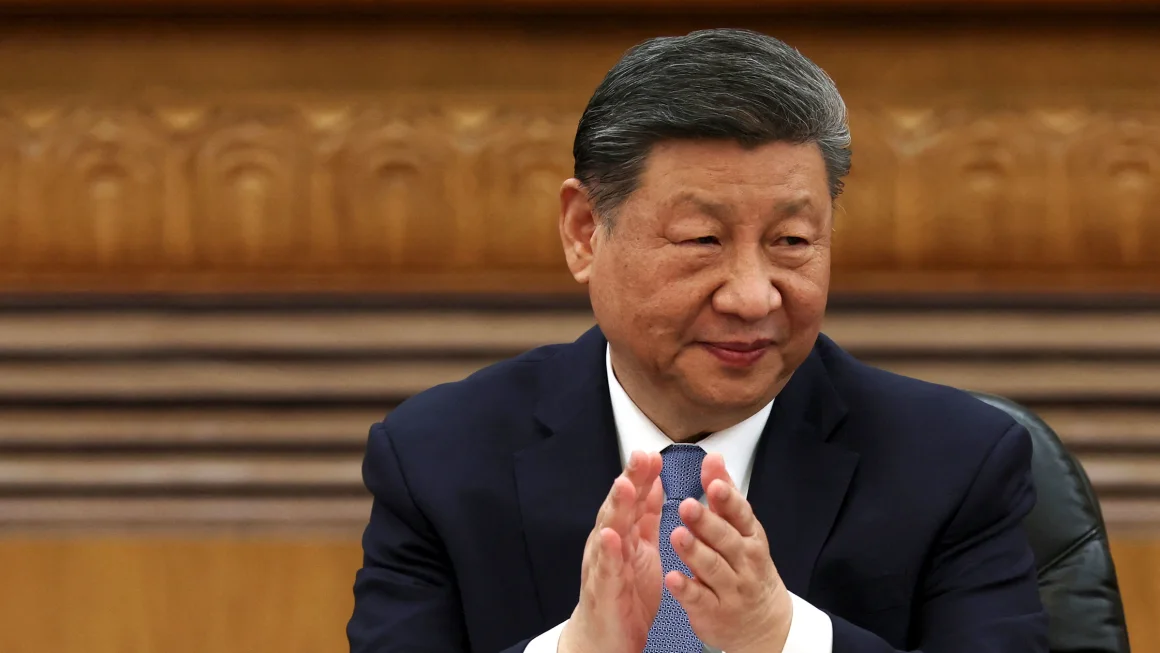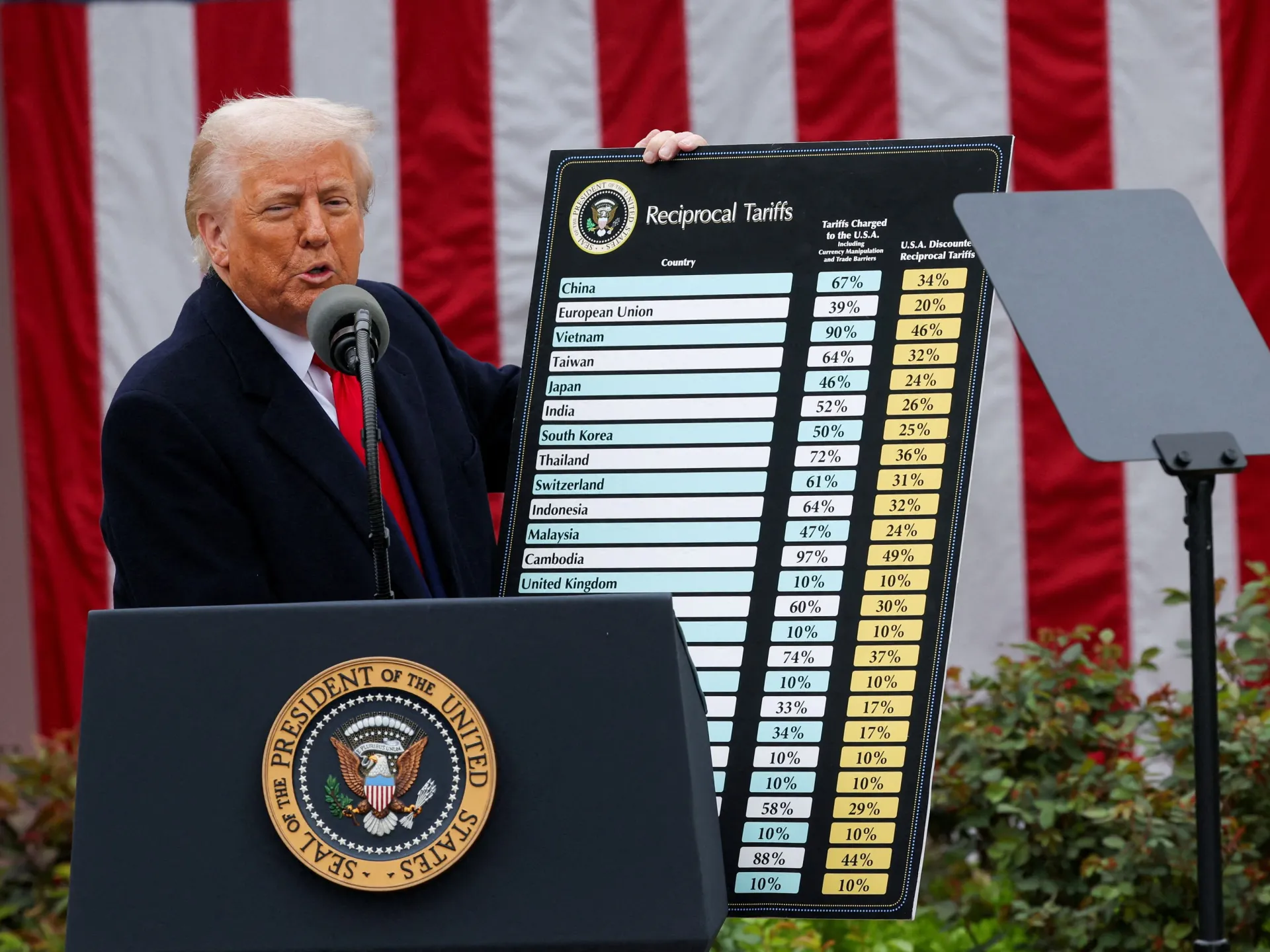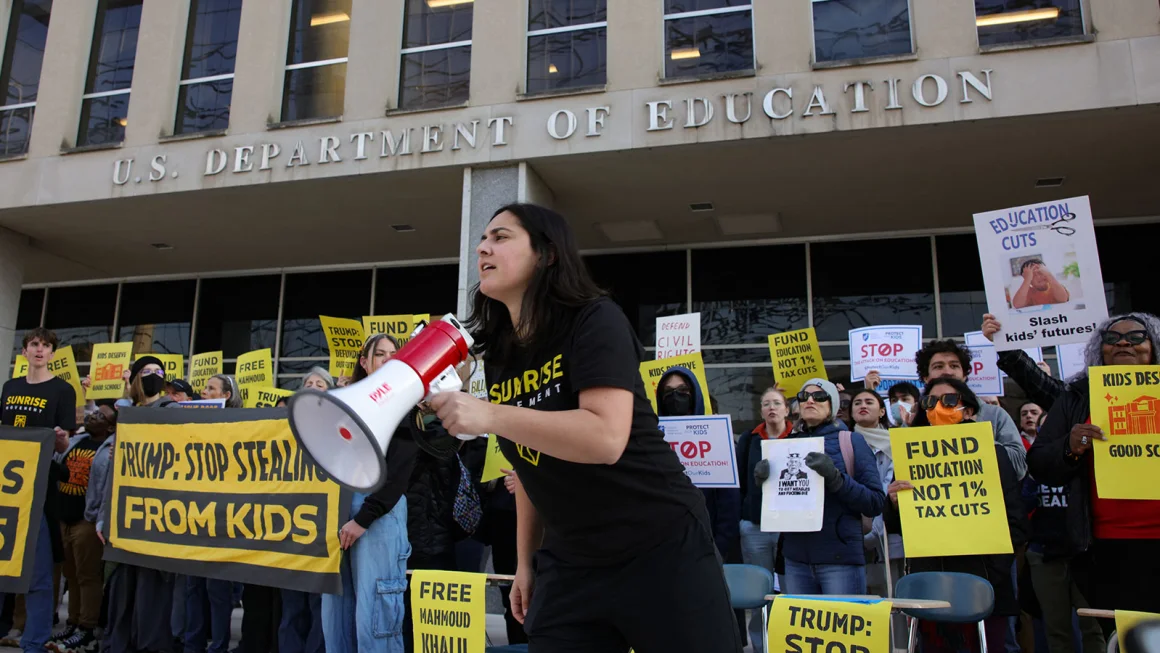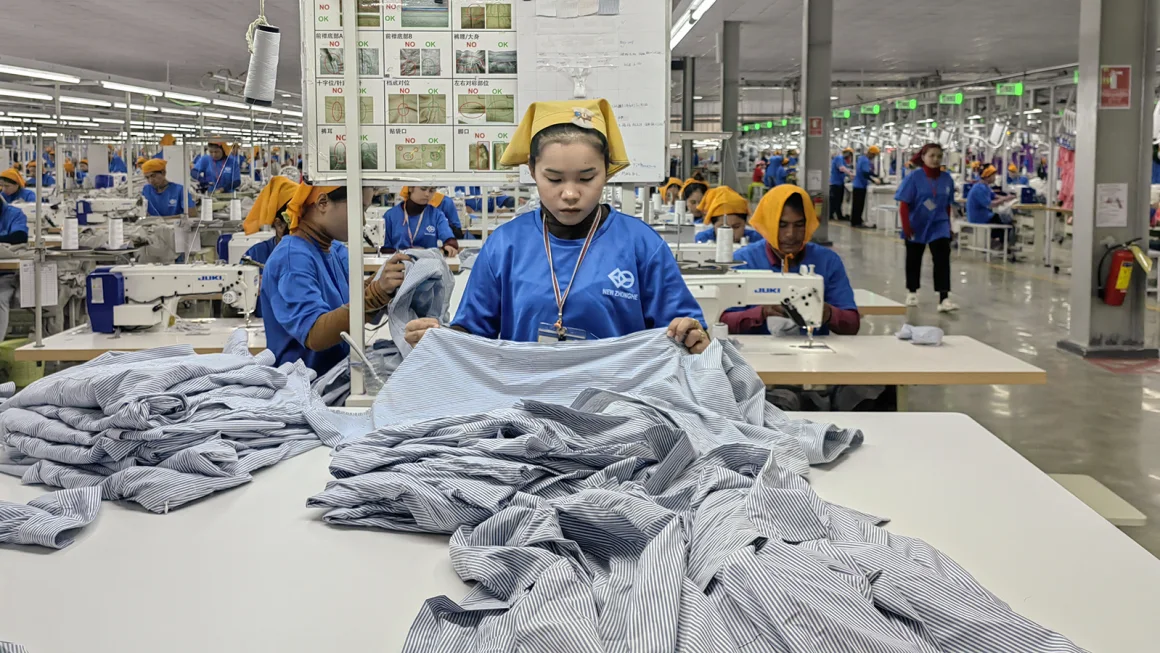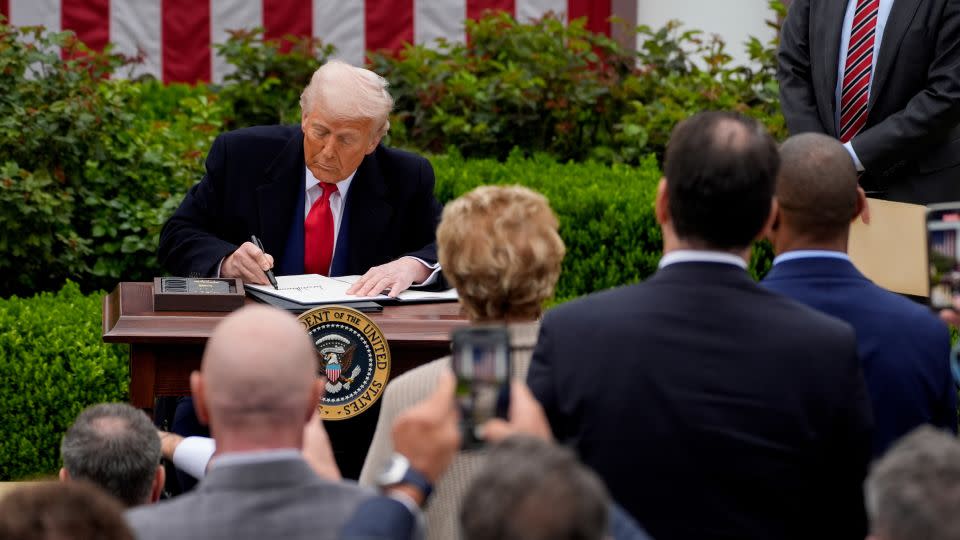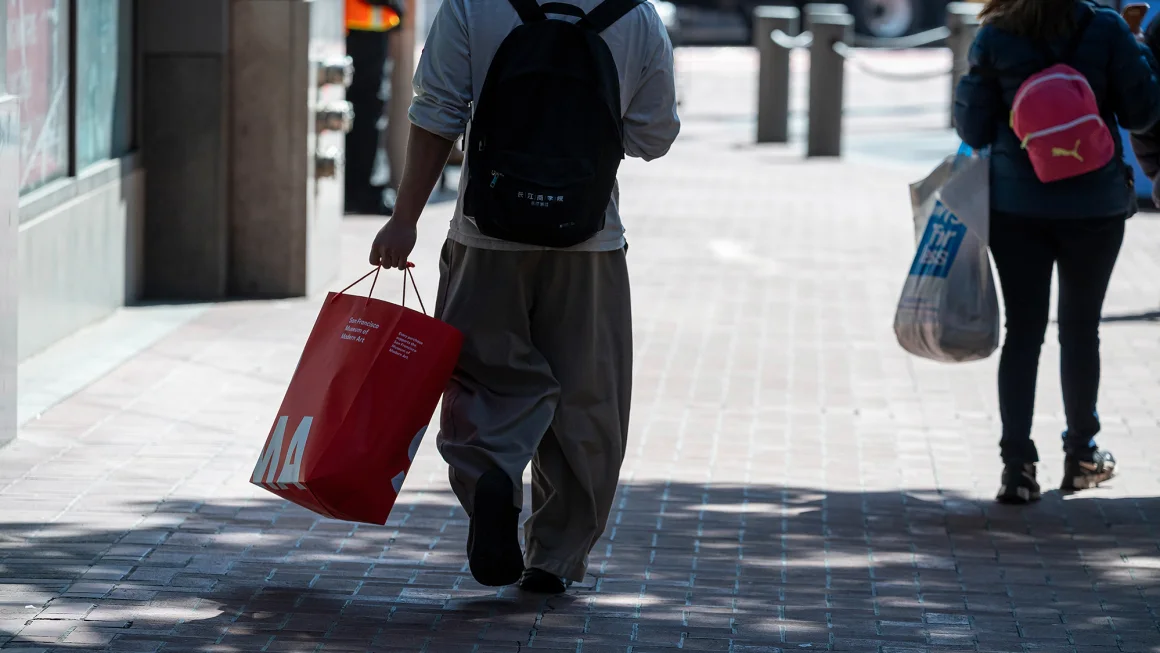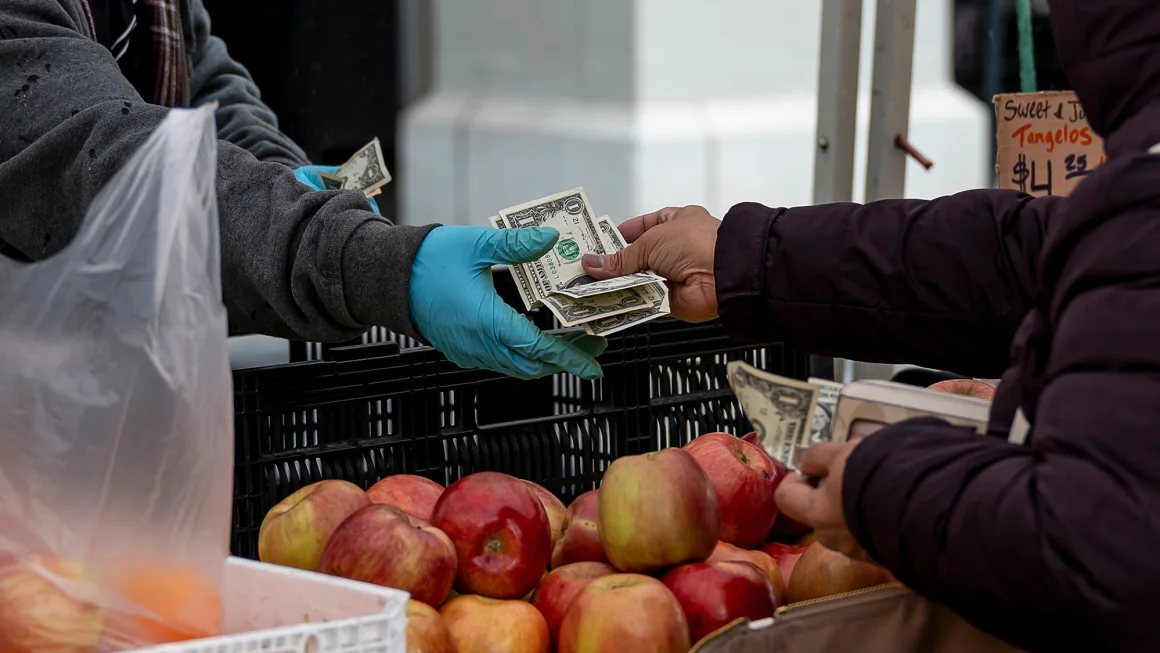
As tariffs threaten to increase, inflation remains persistent, and U.S. consumers are preparing for the impact.
According to data released by the Commerce Department on Friday, Americans have been putting more money into savings while cutting back on non-essential purchases. After a slow and chilly start to the year, consumer spending showed a slight uptick in February, even when accounting for inflation.
However, inflation data indicated that price increases are not easing as hoped. While there was some positive news about falling energy and food prices, the larger issue of inflation remains a challenge. Economists also caution that the looming effects of President Donald Trump’s trade policies, particularly the newly imposed tariffs on auto imports and other upcoming levies, are expected to hurt consumer spending and drive up prices.
“There’s no other way to look at it — the continuation of Trump’s economic policies is spooking consumers just as much as it’s affecting businesses,” said Chris Rupkey, chief economist at FwdBonds. “If policymakers aren’t careful, we could see the economy stall, or worse.”
The Personal Consumption Expenditures (PCE) price index showed a 2.5% increase in February compared to the previous year, remaining consistent with January’s rate. Monthly prices rose by 0.3%, identical to the previous month’s change. Economists had hoped that lower energy prices and more stable food prices would continue the trend of slowing inflation, which was largely the case: Energy prices dropped by 1.1%, and food prices fell slightly from 1.6% to 1.5%.
Yet, one important indicator—the core PCE index, which tracks underlying inflation—was slightly higher than expected. Excluding volatile food and energy prices, the core index rose 0.4% month-over-month and 2.8% year-over-year, up from 2.7% in January. “The core PCE has been stuck in a range of 2.6% to 2.8% for 10 months now, with no movement,” said Dan North, senior economist for Allianz Trade North America. “Inflation is stubbornly sticky, which puts the Federal Reserve in a difficult position.”
The Federal Reserve recently kept interest rates steady, with Chair Jerome Powell signaling that the central bank is waiting for clear signs that inflation is moving toward its 2% target before considering any rate cuts.
As for consumer behavior, data showed that spending rebounded slightly in February, rising 0.4% after January’s unexpectedly weak 0.3% drop. However, where consumers spent their money revealed some key trends. Spending on goods rose, likely due to consumers purchasing items in anticipation of future tariffs, while spending on services, like dining out and travel, saw a sharp decline.
“Uncertainty around the economy, rising inflation fears, and stock market volatility are impacting consumer confidence,” said Kathy Bostjancic, chief economist at Nationwide. “It’s particularly notable that consumers reduced their spending on discretionary services, marking the first decline since January 2022.”
After adjusting for inflation, February’s spending increase was just 0.1%. However, there was some positive news in terms of household income. Personal incomes rose 0.8% month-over-month, and disposable income (after taxes) grew by 0.9%, or 0.5% when adjusted for inflation. Consumers also increased their savings, with the personal saving rate rising from 4.3% in January to 4.6%.
“Despite concerns over inflation, the fact that incomes continue to grow provides some cushion for consumer spending,” said Robert Frick, corporate economist at Navy Federal Credit Union. “Although we haven’t yet fully felt the effects of tariffs, particularly on automobiles, their impact on prices will likely become clearer in the coming months.”

